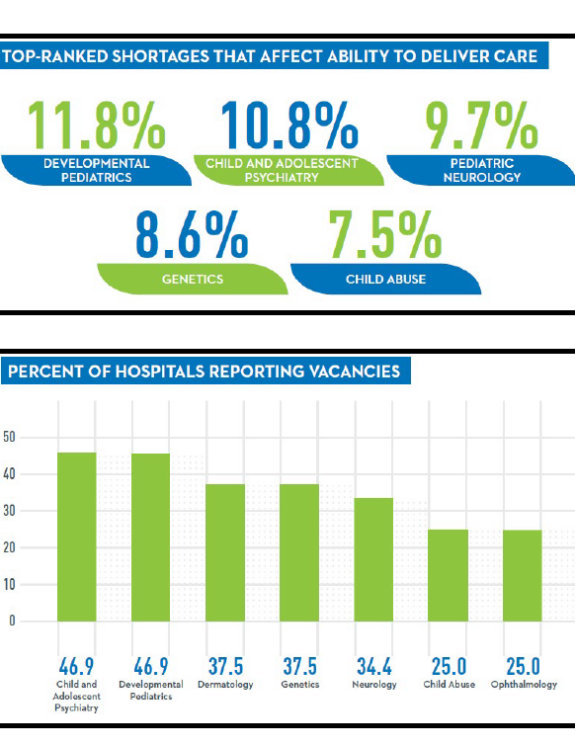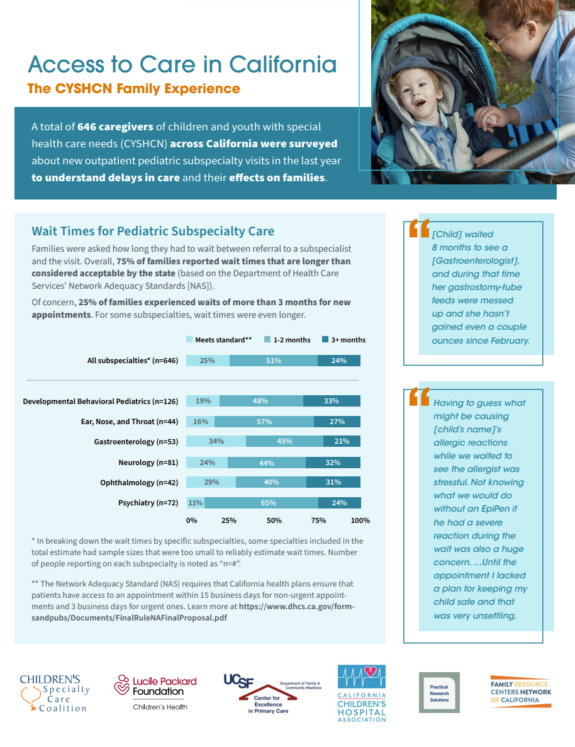The new ambulatory care building is awesome. Clip-on radio transmitters that chart patients’ every move and encounter. Electronic monitoring of exam rooms. Real-time electronic medical notes, lab data, and referrals. Efficiency seems to be optimized at every turn.
Yet for patients the process remains decidedly familiar—and dated. Appointments are set to suit the doctor’s schedule. The patient appears and registers, has standard measurements taken, and is led into an exam room to wait. After encountering various health care providers in pro forma roles, patients are given cursory instructions on what to do next and when to visit again. Though a written visit summary may be provided, and electronic messages and prescribing are increasingly being used, the basics of the care process haven’t really changed in more than half a century.
Meanwhile, even with the adoption of new efficiencies, the expectations for child health care providers seem to be getting out of hand. Opportunities to screen patients and families seem boundless—child development, child behavior, autism, depression, adverse childhood experiences, substance abuse, family social circumstances, family violence, food insufficiency, obesity, and more. The new edition of Bright Futures recently published additional options and recommendations for preventive pediatric care.
The list of medical services that require some special expertise of the primary care pediatrician also is growing. General pediatricians are now expected to provide some preventive oral health, mental health, and hearing and vision screening services, and to teach parents how to read to their children. Newest among the rising expectations of pediatrics is the call to address social factors affecting children’s health, particularly those related to poverty, which are likely to have adverse effects.1
Recognition is growing within and outside of pediatrics that preventive pediatric visits offer virtually the only universal point of access to parents of young children after the mother has left her birthing hospital. The pediatric office therefore is increasingly expected to serve as the entry to an extensive list of family and child community-based services intended to modify social determinants of health. These services may include early intervention programs, legal aid, parenting education, nutrition services, enrollment in public programs, social services, family support, special education, and more.
Various approaches have been and are being tried to address all of these expectations. Healthy Steps adds a developmental specialist to the pediatric office.2 Attorneys attend outpatient clinics to address housing and other legal issues.3 Students oversee help desks and assist with referrals to community agencies.4 Child Psychiatry Access Programs coach pediatricians who provide mental health care.5 Some practices employ medical social workers and community health workers. However, these types of support are available mostly in academic medical centers rather than in community practices.
“There is only so much that a pediatric practice can do before it collapses under the weight of expectations.”
Objectively, there is only so much that a pediatric practice can do before it collapses under the weight of expectations. Facilitating referrals, as is done by Help Me Grow, which links families with behavioral and developmental services, is one strategy for reducing the load.6 Offering care coordination services to practices is another, whether on-site or affiliated, but payment for care coordination remains lacking in most places. No doubt there are other “fixes.”
It is long past time for a major redesign of both pediatric training and pediatric practices. Much has been written about pediatric education, and though there have been some modifications over the past decade or two, most have been modest. The field seems not to have the vision or the will to make the fundamental changes that seem to be needed.
Less well considered is the design of pediatric practice—including location, layout and use of physical space, staffing patterns, scheduling, patient flow, information management, time allocation, modalities of interaction with patients, and linkages to service providers outside of the office on whom children and families depend. Typically, when these issues have been addressed they have been addressed piecemeal. Yet the interdependence of all of these aspects of practice requires that they be redesigned together.
Improving pediatric practice is a major undertaking that will require great creativity and willingness to change. Practice redesign, professional education and health care financing and reimbursement need to change together. This is not a modest proposal or one to be taken lightly, but without comprehensive change, we will be frustrated in our efforts to practice 21st century medicine using a 20th century model.
1 Dreyer B, Chung PJ, Szilagyi P, Wong S. Child Poverty in the United States Today: Introduction and Executive Summary. Academic Pediatrics, 2016; 16 (3S): S1-S5.
2 Healthy Steps for Young Children
3 National Center for Medical-Legal Partnerships
6 Help Me Grow National Center



